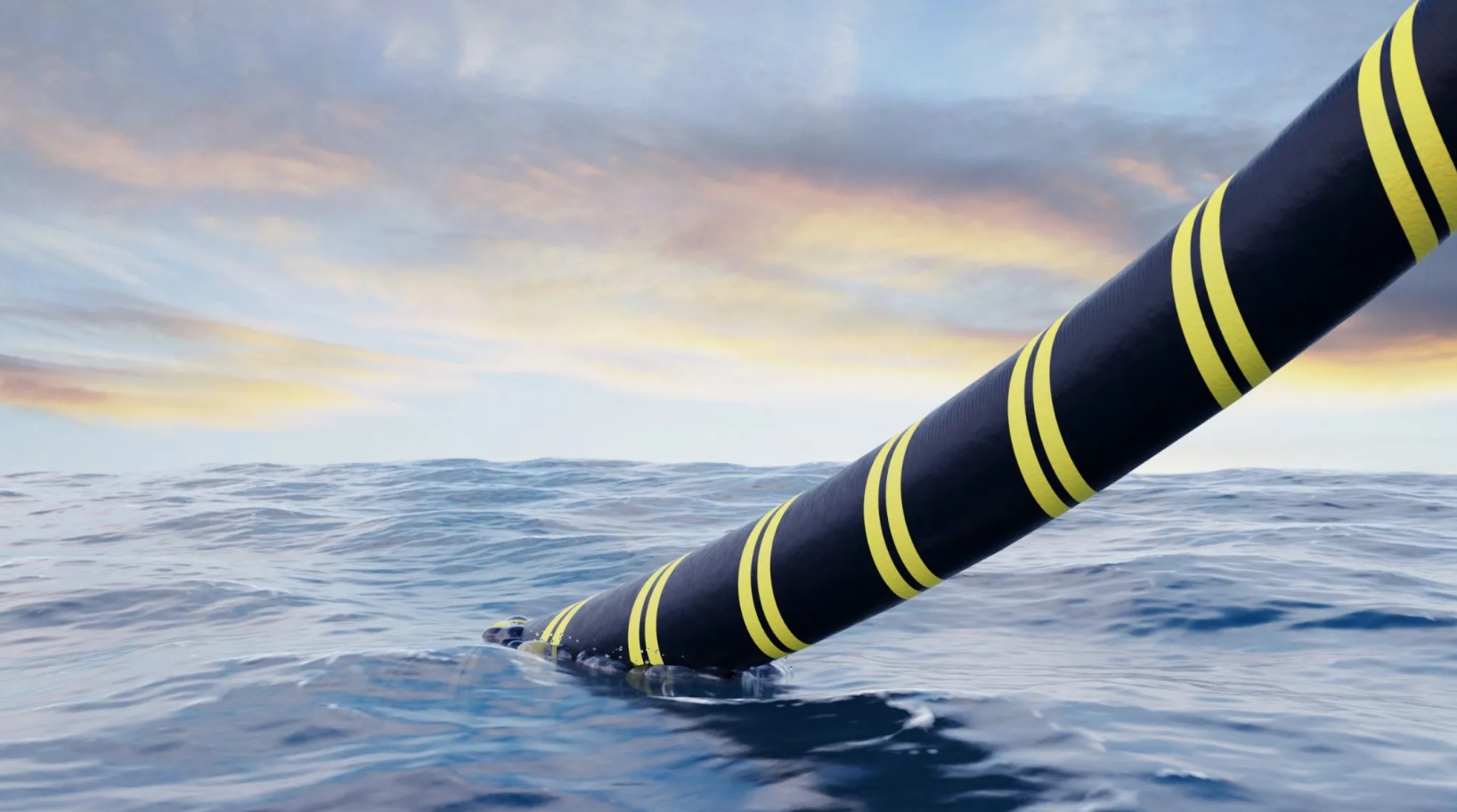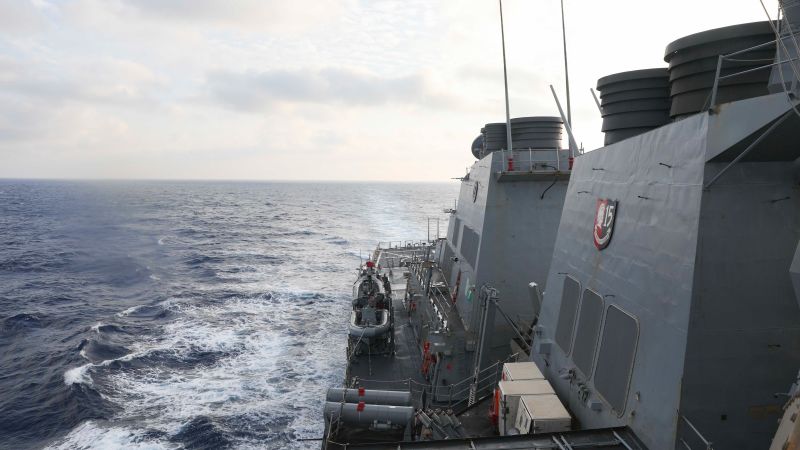In replying With rising tensions between the US and China, the global landscape of undersea cable deployments is witnessing a major shift. Many international submarine cable projects are avoiding China due to data security and geopolitical influence looming large.
Once considered a future hub for subsea networks, China is now facing a significant decline in the number of undersea cables connecting the rest of the world.
Subsea cables form the backbone of the Internet, telecommunications and international data transmission. These cables stretch across vast expanses of ocean, connecting continents and countries in an intricate web of connectivity. Despite their thin appearance, they are conduits for the world to communicate, conduct business, and share knowledge.
The importance of undersea cables goes beyond their technical capabilities. They are essential drivers of economic growth, enabling unprecedented levels of international trade, commerce and financial transactions. Also, undersea cables play an important role in bridging the digital divide by providing access to information and resources in remote areas and developing countries.
An AsiaNikkei report said only three cables would be installed in China after this year, less than half the number planned for Singapore. This is a trend that signals potential disruption to international communication networks.
The backdrop for this shift is the deepening rivalry between the two economic superpowers, the United States and China, vying for global supremacy.
Tensions between the two powers have risen in recent years, prompting increased scrutiny over data security and infrastructure projects, particularly those involving the undersea cables that serve as the backbone of the Internet. These cables carry the majority of global data traffic.
Undersea cables are integral to global data transport, carrying 99% of the world’s data. Almost 140,000 kilometers of undersea cables have been laid this year – a sure sign of the growing importance of digital connectivity.
Major companies in the tech industry, including Google, have been at the forefront of efforts to avoid Chinese influence on undersea cable deployments.
Initiatives such as the Clean Network Initiative, spearheaded by the United States under the previous Trump administration, excluded Chinese businesses from critical telecommunications infrastructure projects.
Major technology companies have faced pressure from US officials to revise their undersea cable plans, resulting in China’s exclusion from some projects.
The report pointed out that the World Bank-led submarine cable project for South Pacific island nations also aligned with US policy objectives and further marginalized China’s involvement in global connectivity efforts.
As a result, China’s presence in international submarine cable networks is rapidly declining, with no new undersea projects planned beyond 2025.
Meanwhile, demand for data traffic between the US and Asia remains strong, driving plans for additional cable installations to key destinations such as Japan, Singapore and Guam.

US-China tensions in the Indo-Pacific region
Against the backdrop of the US’s growing efforts to disengage from China, military conflicts and regional conflicts in the Indo-Pacific region have heightened geopolitical concerns.
The US and China are back on a collision course as recent naval maneuvers in the South China Sea have heightened tensions between the two world powers.
The latest incident came as China issued a warning to the US Navy destroyer USS Halsey after it crossed the Taiwan Strait, angering Chinese officials.
On May 10, the Chinese navy drove off The US destroyer entered the waters near the Parcel Islands in the disputed South China Sea, following what Beijing claims are its territorial waters.
China has condemned the US as violating its sovereignty. Chinese forces were on high alert, signaling readiness to confront a US presence in the hotly contested waters.

To protect its operations, the US Navy Quoted Freedom of navigation in the South China Sea is a principle established by international law. The move also challenged China’s claim to a straight baseline over the Paracels. The destroyer also denied Beijing’s claim that prior notification is required for warships traveling through the island chain.
The dispute underscores wider tensions surrounding China’s expansive claims in the South China Sea, which overlap with areas claimed by neighbors such as Vietnam, Malaysia, Indonesia, Brunei and the Philippines.
Although international law declares that China’s claims have no legal basis, Beijing maintains a prominent presence in the region. It has deployed Coast Guard and Navy ships to assert its dominance.
Tensions between China and the United States have further escalated with Washington pledging support for the Philippines in its standoff with Beijing over South China Sea issues.
In addition, China’s assertion of its sovereignty over Taiwan has fueled fears that Beijing may be willing to use force to bring the island under its control.
Recent sightings of Chinese ships and aircraft near Taiwan’s border have further fueled concerns about a military buildup in the region. Nevertheless, the South China Sea remains a flashpoint for geopolitical tensions, with US-China rivalry showing no signs of abating.

. „Gracz. Namiętny pionier w mediach społecznościowych. Wielokrotnie nagradzany miłośnik muzyki. Rozrabiacz”.

